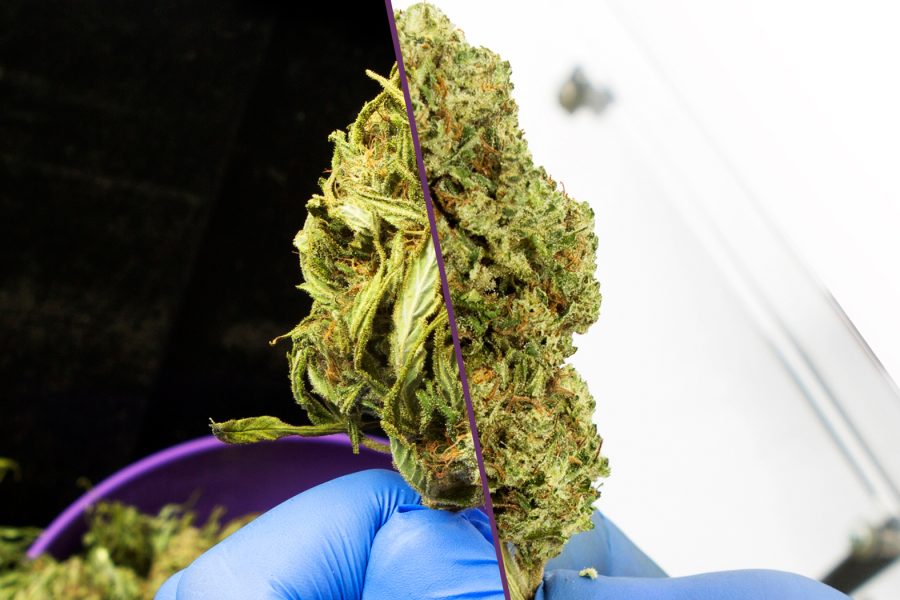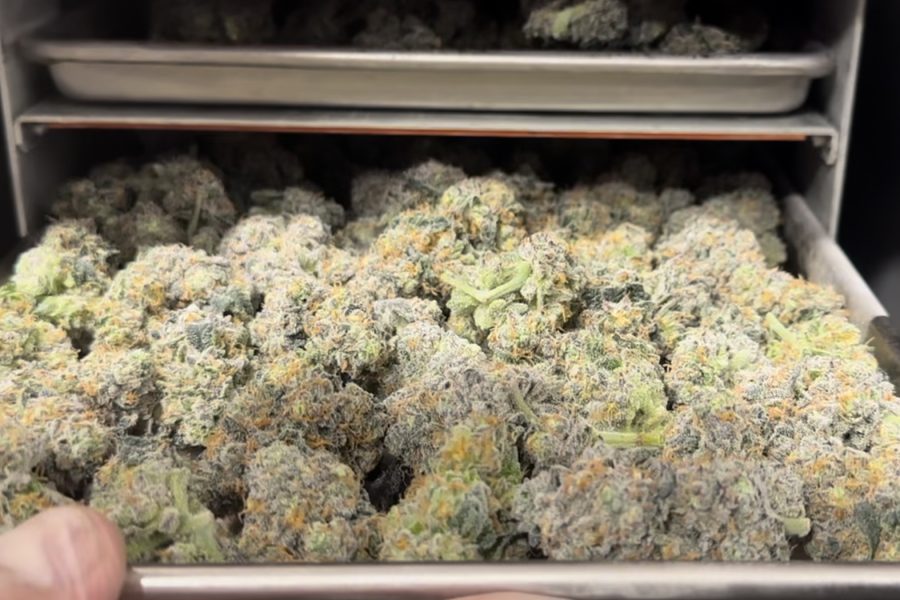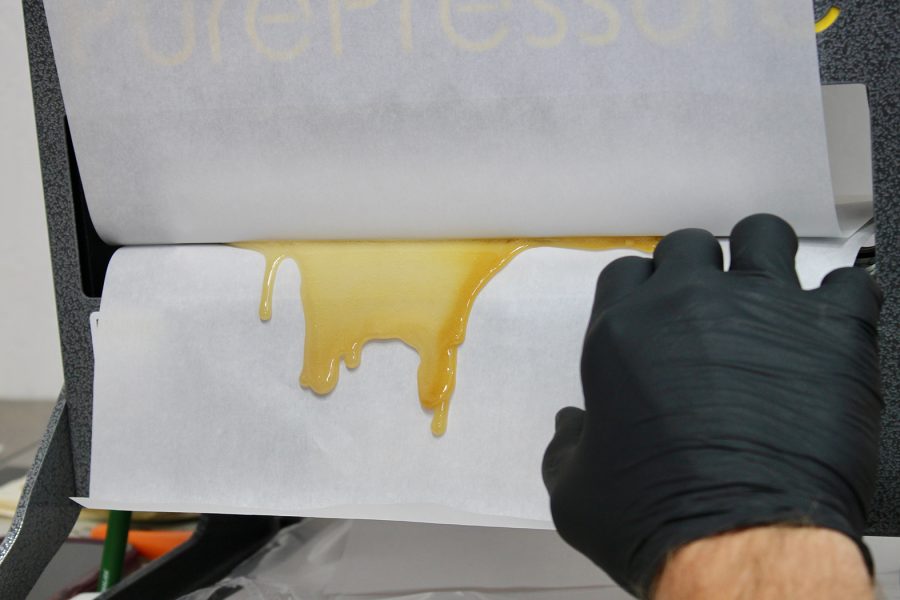What is a CO2 Monitor and Why Does it Matter?
A CO2 Monitor is a device that helps you record and understand the environmental Carbon Dioxide (CO2) levels in an office, room, building, factory, hospital or any other area. A CO2 Monitor can take once-off readings (with a handheld or portable reader), or automatically take readings over a period of time for you to review later (with a data logger, or CO2 logger).
It is important to monitor CO2 levels because they directly influence the mood, productivity and health of those exposed to CO2. Incorrect CO2 levels can cause stiffness, odours, drowsiness, and reduced productivity. Higher levels, or prolonged exposure, can be very harmful to health.

What Causes Indoor CO2 Levels to Rise?
The main cause of Carbon Dioxide indoors is people. The more people in an area, the more CO2 is emitted. Respiration of humans introduces this CO2. The amount emitted from one working person can be from 0.08m2 to 0.38m2 per hour, depending on the intensity of their work
Gas operated devices such as heaters and kitchen appliances can also introduce CO2 into the area. It is also worth noting that CO2 is the main gas involved in the greenhouse effect, so higher levels of CO2 can be observed in areas with many windows (such as floor to ceiling windows in offices). The setup of the air conditioner and the proportion of indoor air to outdoor air being circulated will determine how this equates to the overall CO2 level in a room.
Understanding CO2 Levels
CO2 Levels are measured as PPM (Parts Per Million). The standard outdoor level is around 350ppm, and is the optimum level for freshness. However, you can generally get up to 600ppm indoor without any adverse affects. As you can see in this chart, once you get past 600ppm you will start noticing adverse affects.CO2 levels have a noticeable impact on one’s productivity and wellbeing. The higher the levels, the lower the productivity. The lower the levels, the better one can work. This is why it’s important to measure and constantly conduct CO2 Monitoring within your workplace.

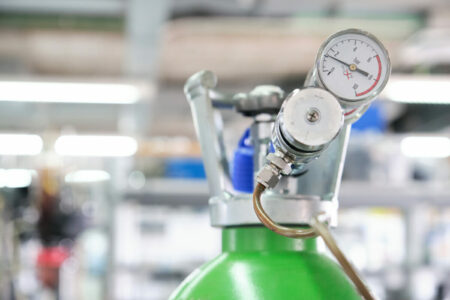
Standards & Regulations
Almost every jurisdiction has standards and regulations which set out the maximum acceptable exposure to CO2 in workplaces and schools. Safe Work Australia’s “Adopted National Exposure Standards for Atmospheric Contaminants in the Occupational Environment” outlines a Time Weighted Average of 5000ppm. This means average airborne concentration of Carbon Dioxide mustn’t exceed 5000ppm.
There are other similar international standards which specify their own acceptable CO2 exposure limits:
The USA’s Occupational Health & Safety Administration (OHSA) sets the limit at 5000ppm over an eight hour working day.
Schools in the United Kingdom mustn’t be exposed to over an average level of CO2 over 1500ppm in a standard school day.
The Environmental Protection Administration in Taiwan sets a daily limit of 1000ppm in indoor areas, with a suggested level of 600ppm in areas such as schools, hospitals, and day care centres.
Please check with your local authorities for the latest standards which apply to you.
How to Reduce CO2 Levels Indoors
Here are some practical steps to lowering your CO2 and ensuring it stays low:
Increase ventilation from outdoors: This is the big one, and is key to reducing CO2 levels indoors is proper ventilation. Outdoor CO2 levels should be below 400ppm, so ensuring more fresh outside air is brought indoors is the key to lowering your Carbon Dioxide.
Check and maintain your HVAC (Heating, Ventilation and Air Conditioning) System: Some offices are sealed very well, which is good for energy efficiency in your HVAC system as it doesn’t need to cool hot air often. However, it means you have very little fresh air coming in and the CO2 levels will just keep building. Other systems will actually actively bring in air from an outside vent and mix it with the inside air – this is preferred as it is constantly lowering your indoor CO2 levels.
Check gas devices for leakage and cross ventilation: Leaking gas devices can cause the CO2 level to rise. Preferably get the device repaired or replaced so it doesn’t continue to leak. Failing this, open a window on the opposite side of the room to allow for cross ventilation.
Measuring CO2
To determine the CO2 levels in the room, you first need to purchase a CO2 Measurement Reader. These come in two forms: a CO2 Meter and a CO2 Data Logger.
A CO2 Meter, available in handheld and desktop form factors, will take on-the-spot readings for you and provide the information in real-time. These are perfect for checking lots of different areas at one point in time.
A CO2 Data Logger will provide you with ongoing readings at a set interval (e.g. every five minutes) which can later be viewed on your computer as a table for graph for analysis. These are perfect for more detailed analysis of one area over a longer period of time.
CO2 Effects
250-350ppm: Normal background concentration in outdoor ambient air
350-1,000ppm: Concentrations typical of occupied indoor spaces with good air exchange
1,000-2,000ppm: Complaints of drowsiness and poor air.
2,000-5,000 ppm: Headaches, sleepiness and stagnant, stale, stuffy air. Poor concentration, loss of attention, increased heart rate and slight nausea may also be present.
5,000: Workplace exposure limit (as 8-hour TWA) in most jurisdictions.
>40,000 ppm: Exposure may lead to serious oxygen deprivation resulting in permanent brain damage, coma, even death.
“It is denser than air and high concentrations can persist in open pits and other areas below grade. The current OSHA standard is 5000 ppm as an 8-hour time-weighted average (TWA) concentration. Gaseous carbon dioxide is an asphyxiant. Concentrations of 10% (100,000 ppm) or more can produce unconsciousness or death.
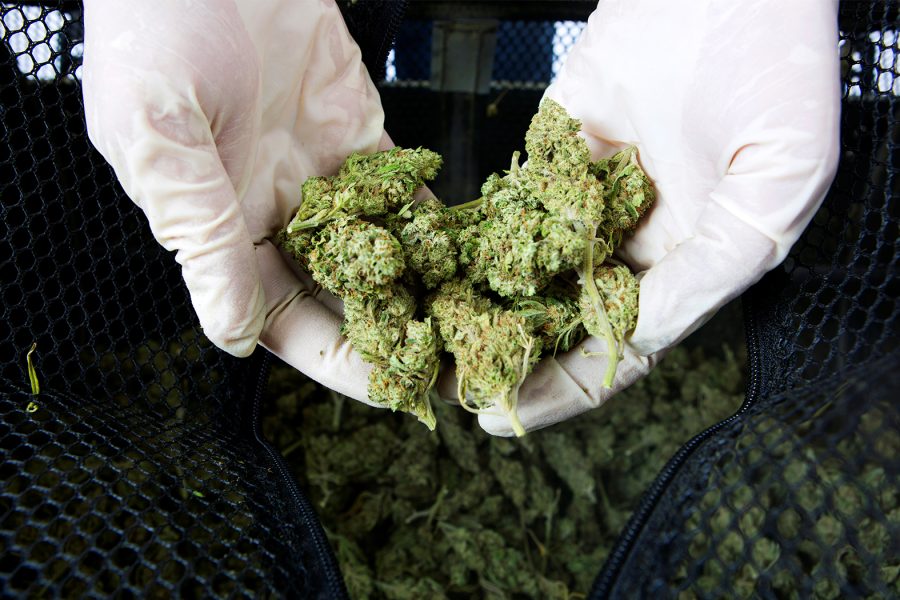
There are several reasons people might not want to wear gloves when trimming cannabis buds, such as a perception of having greater control over the bud without gloves, more tactile





